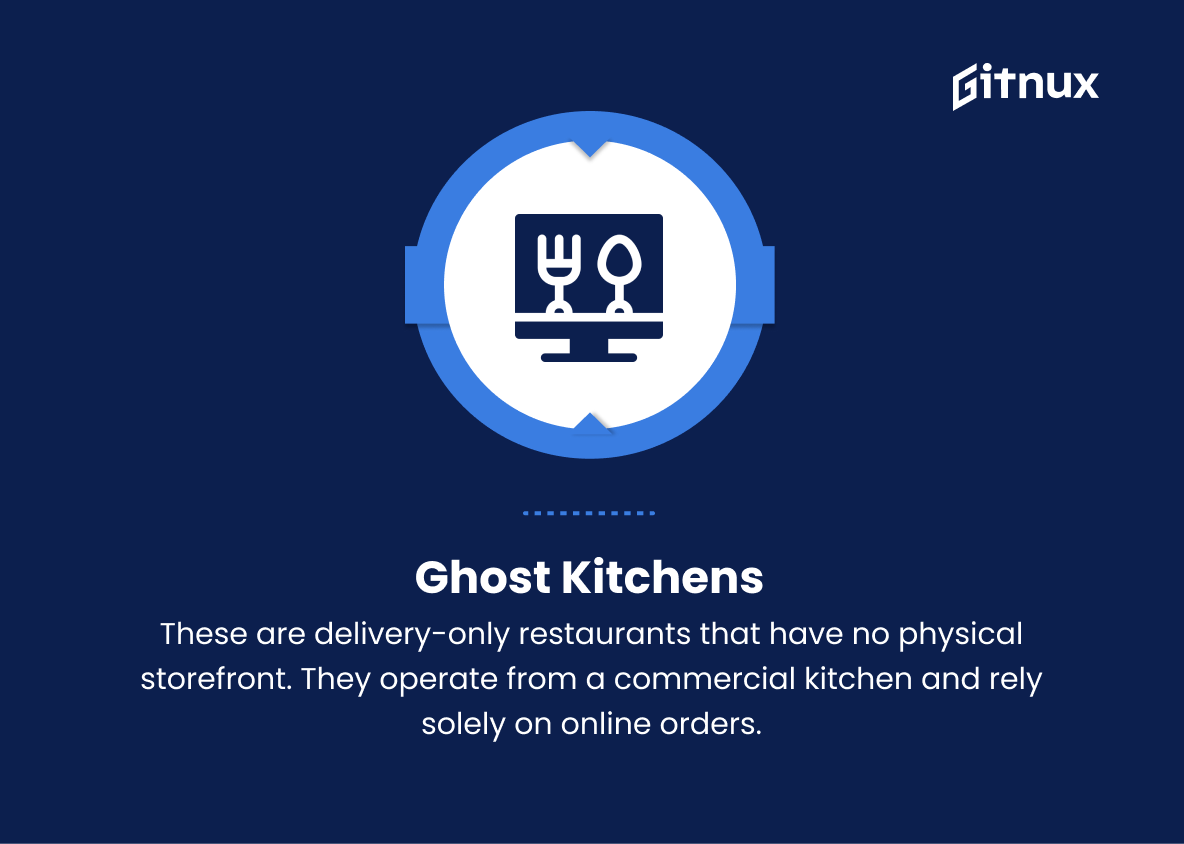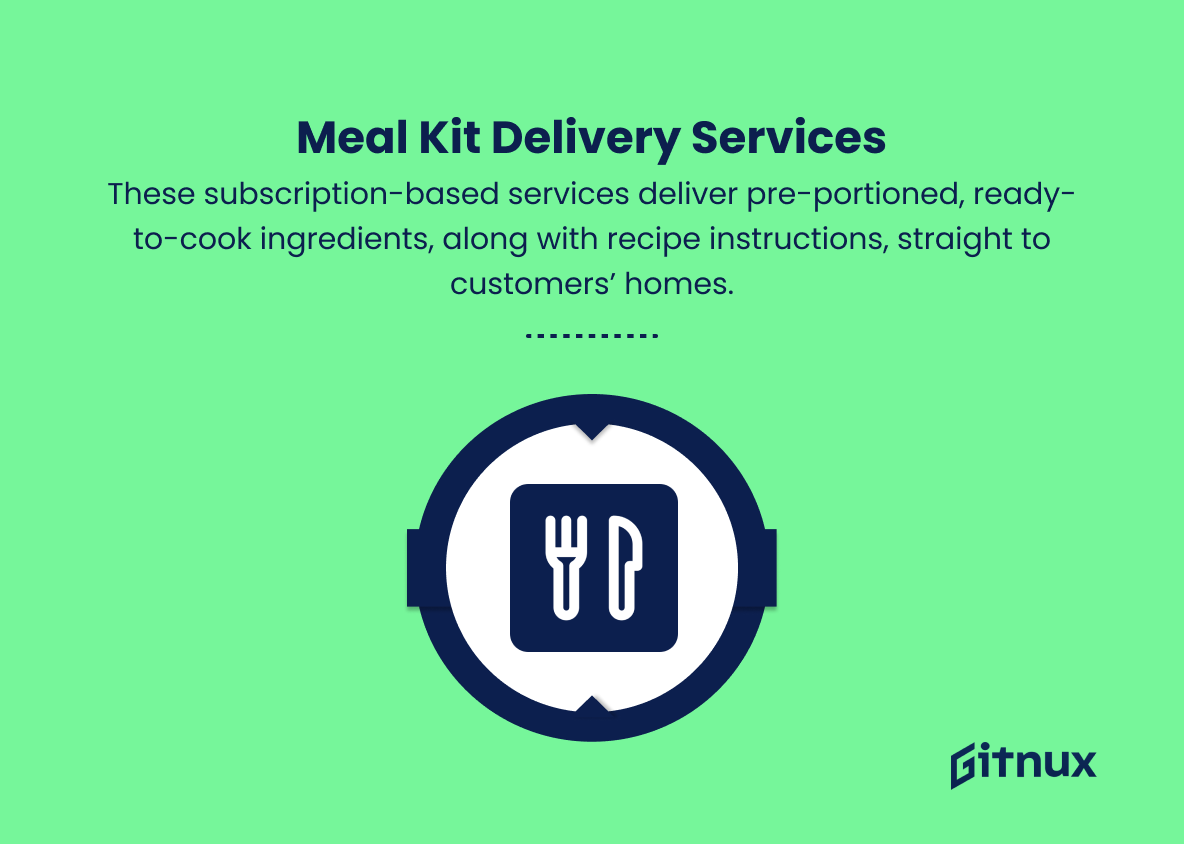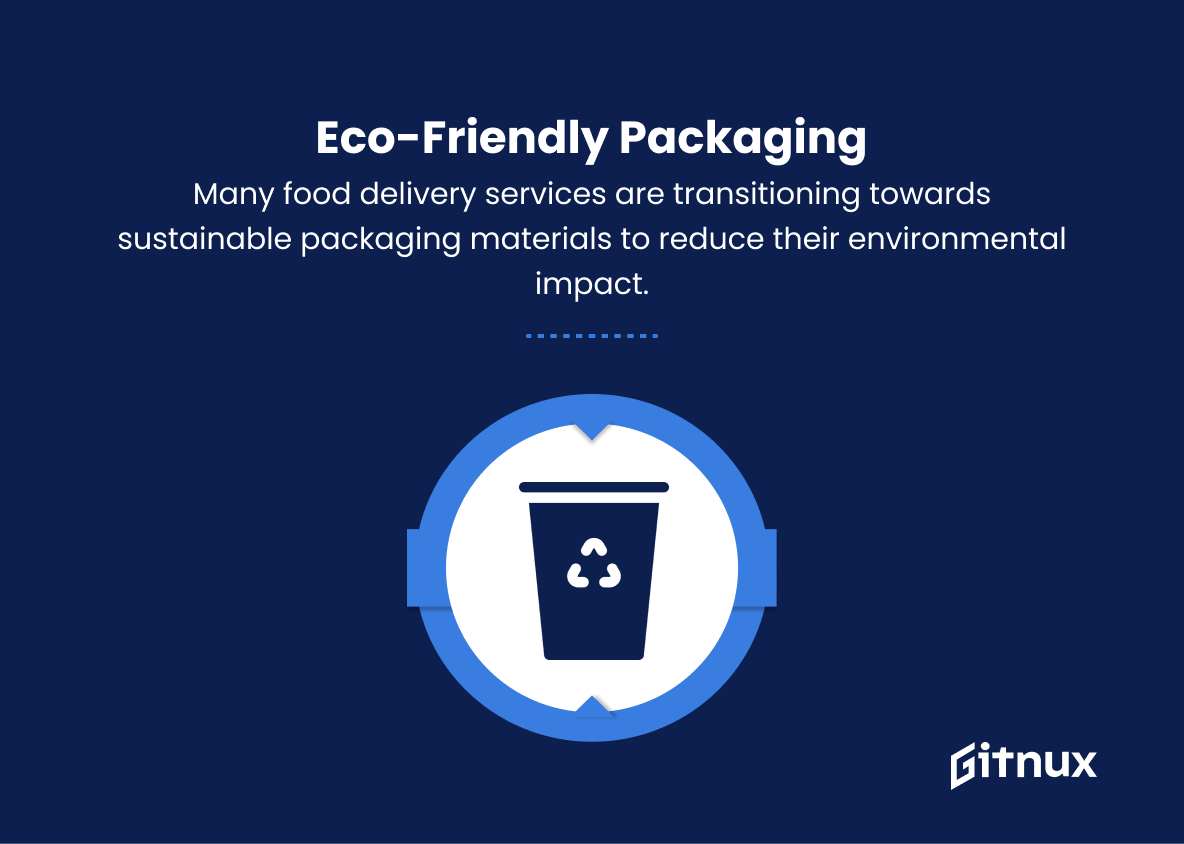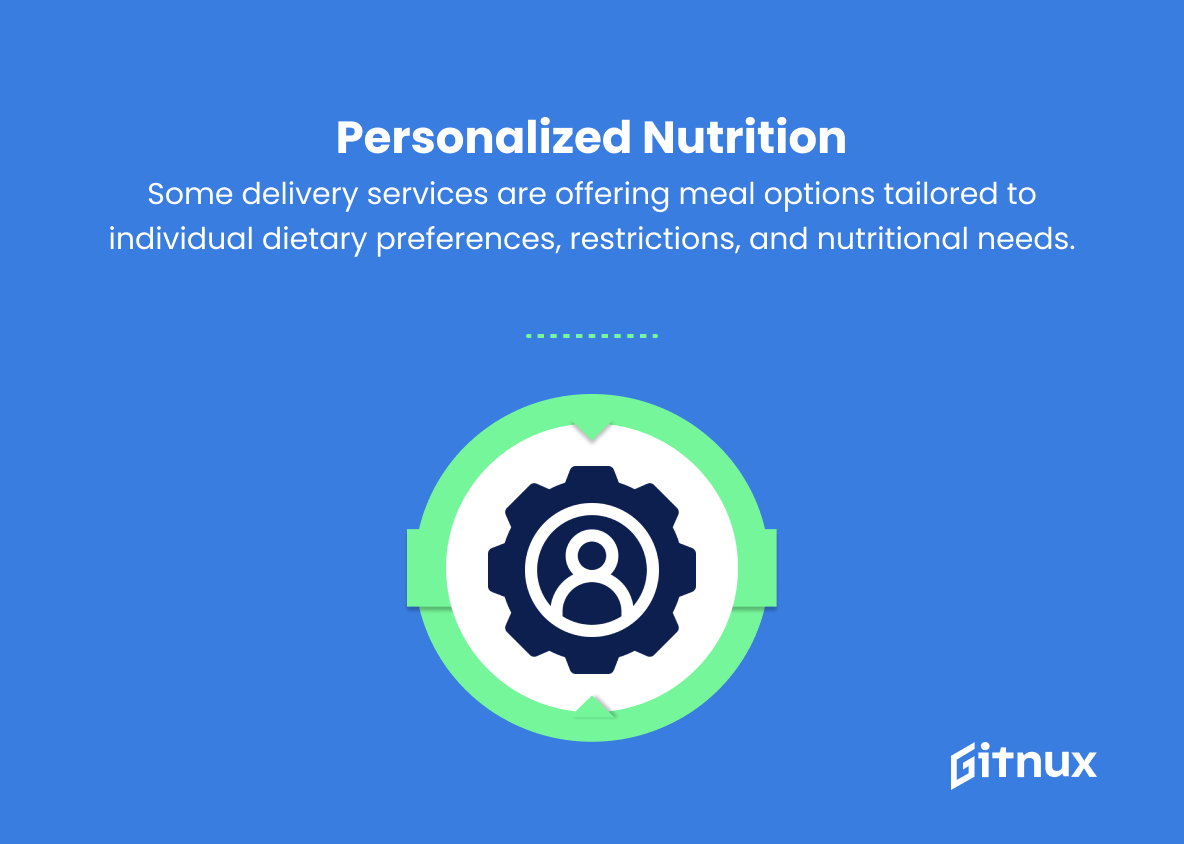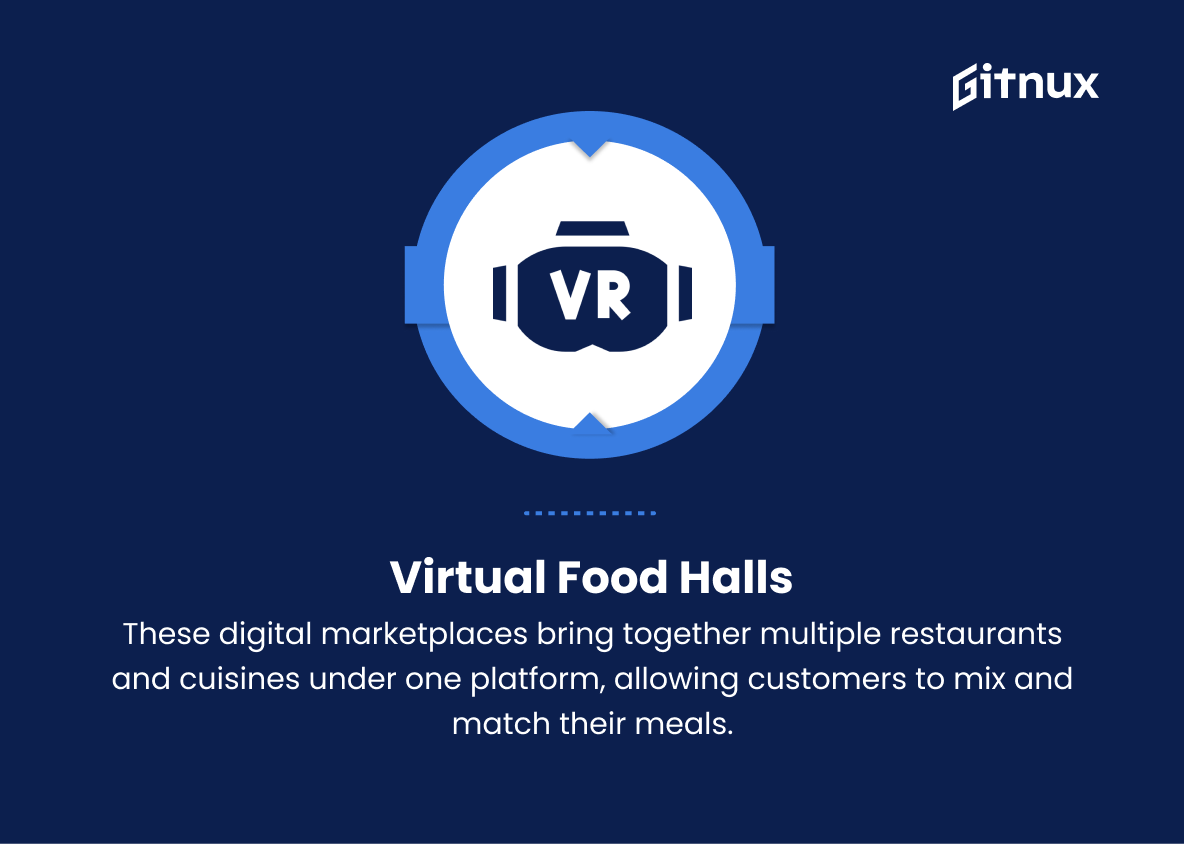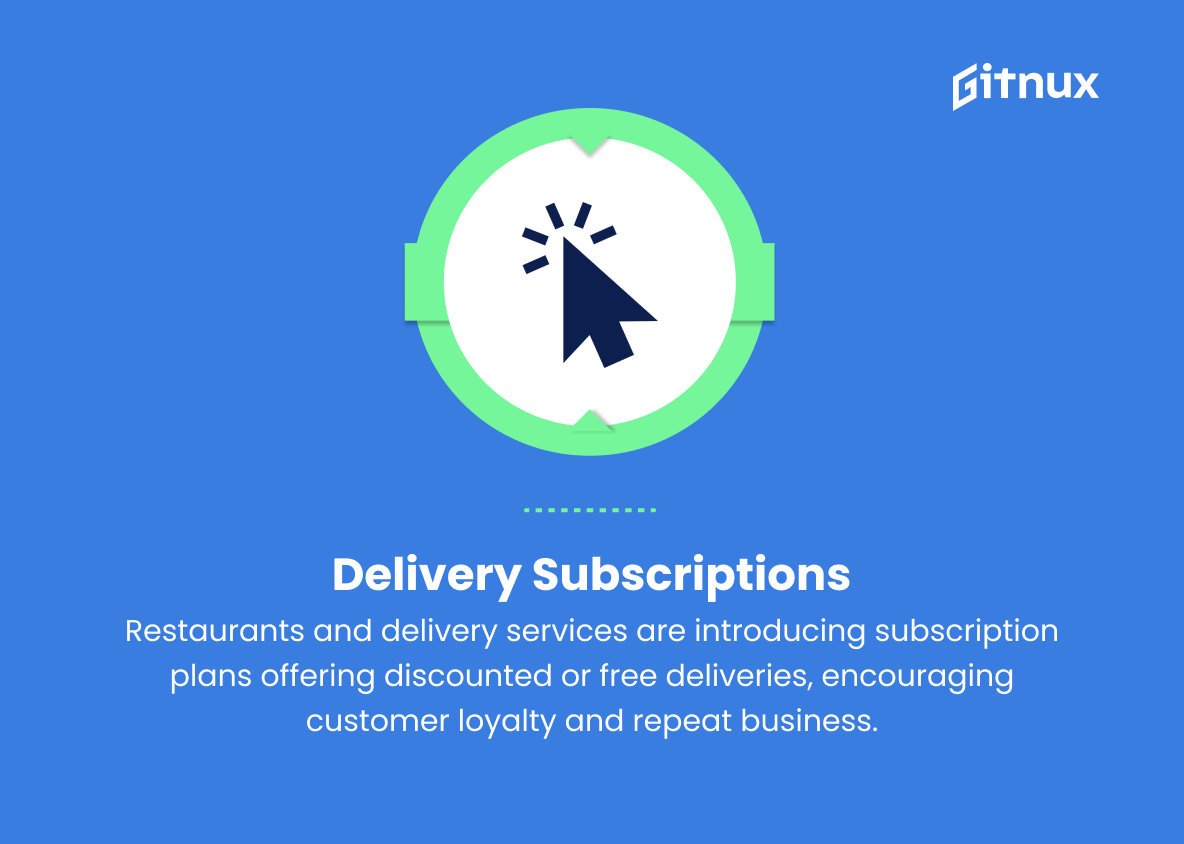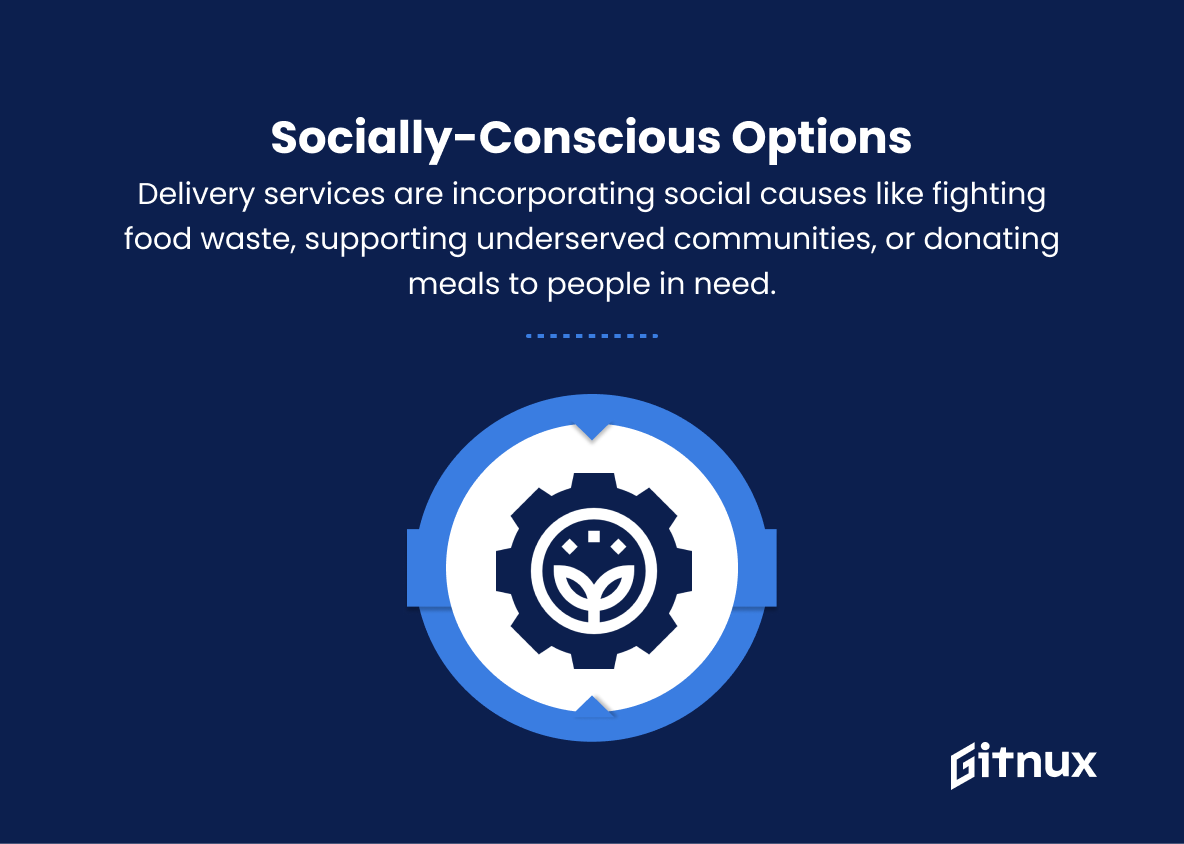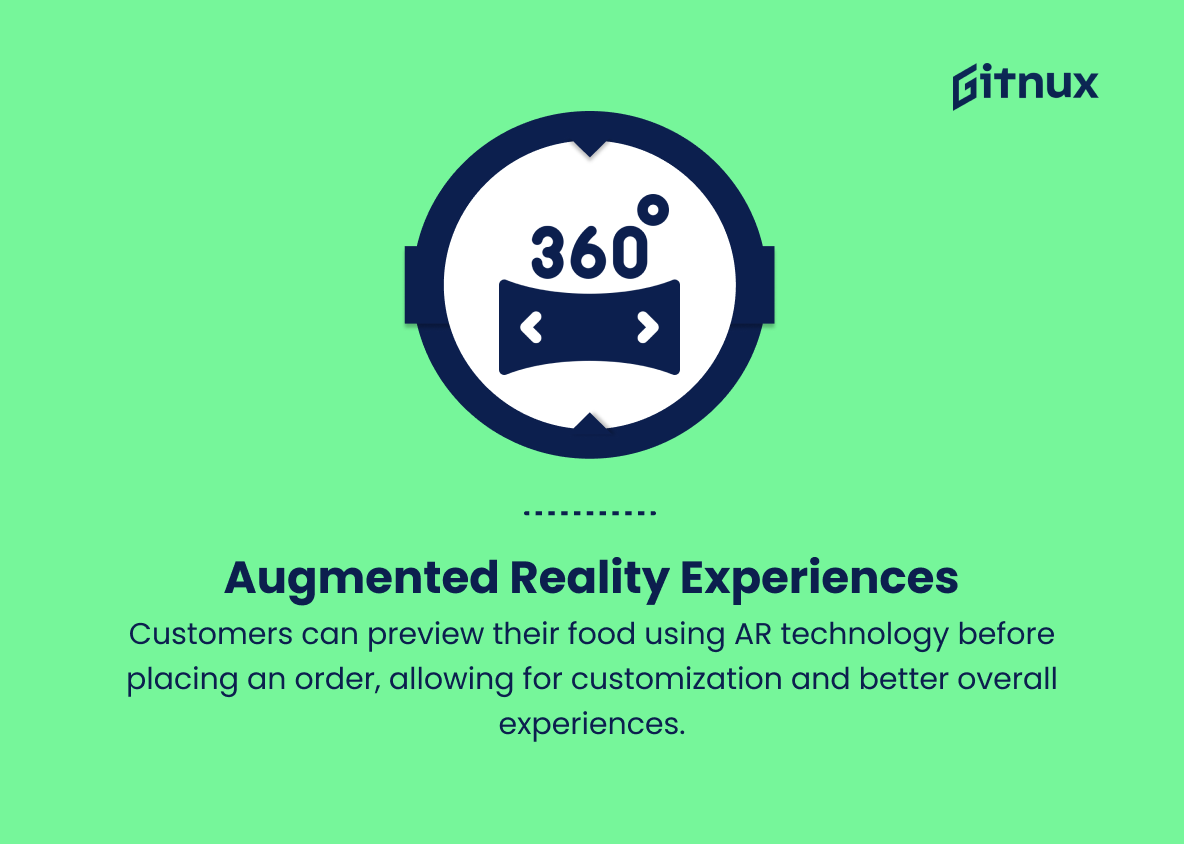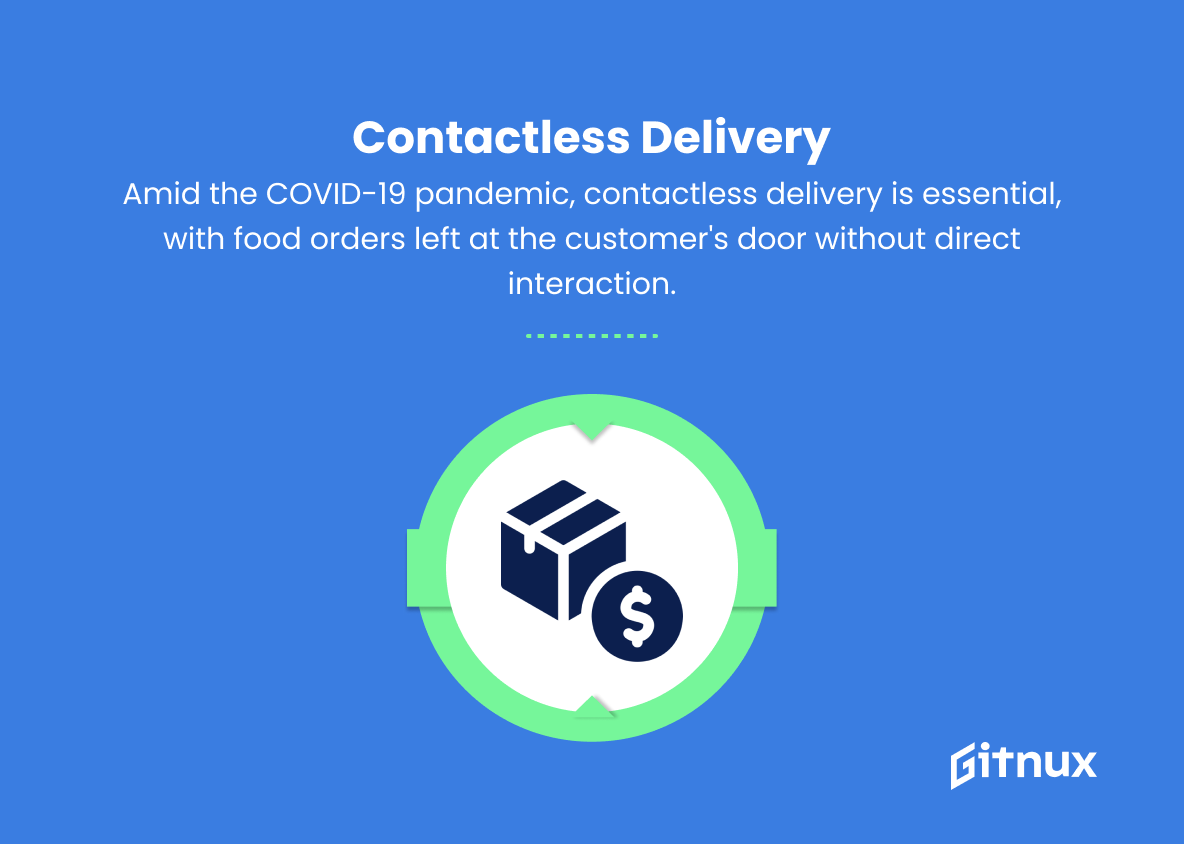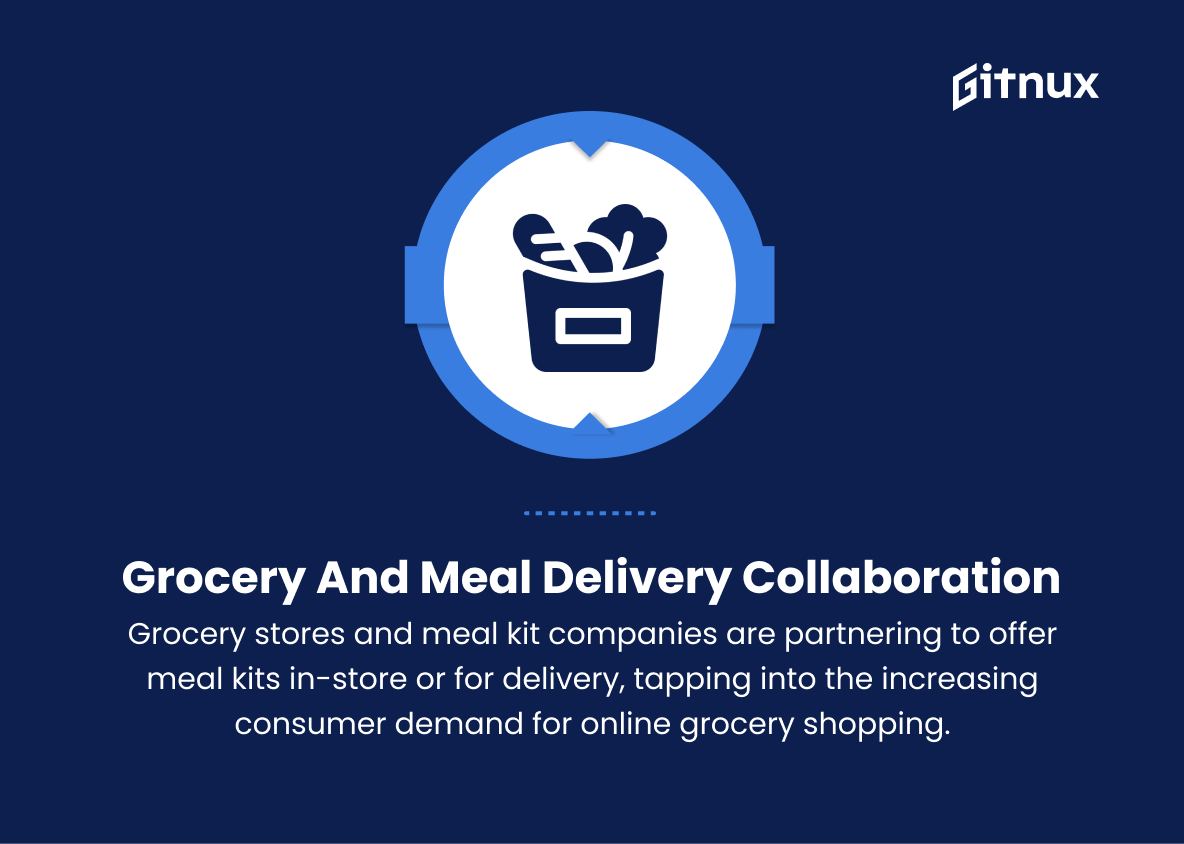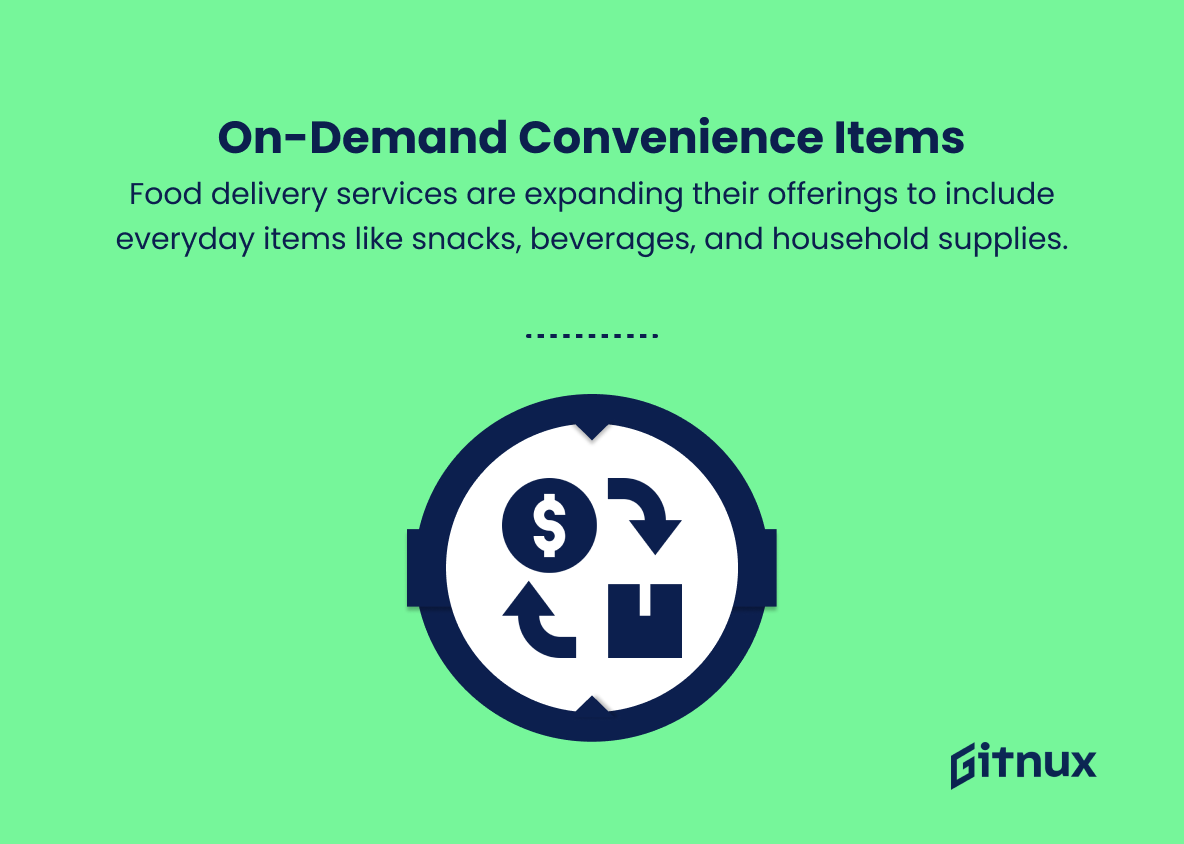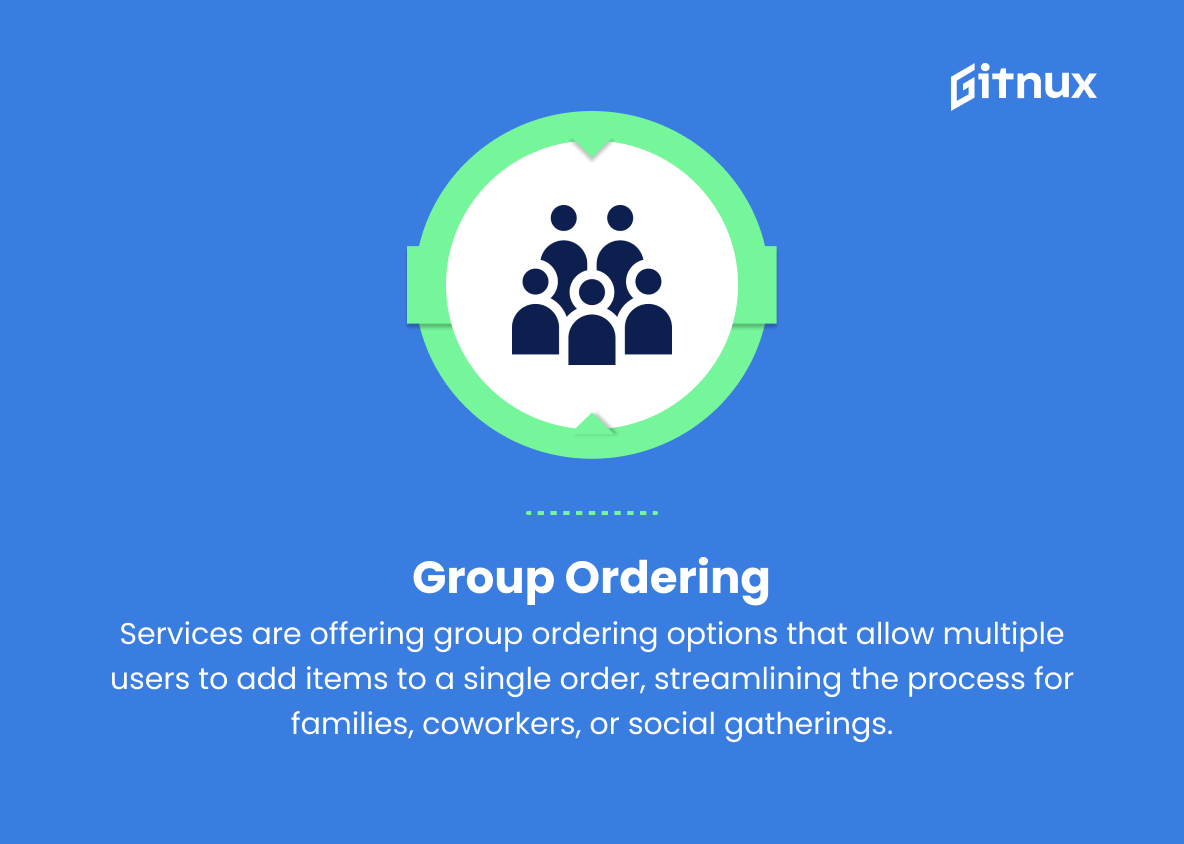In today’s fast-paced world, convenience has become paramount for consumers as they increasingly prioritize saving time and effort. Among the diverse industries adapting to this need, the food delivery sector has experienced rapid growth and transformation in recent years. By leveraging cutting-edge technology and capitalizing on emerging patterns of consumer behavior, the food delivery space is continually evolving to cater to the ever-changing demands of its market.
In this blog post, we will delve into the latest trends shaping the future of food delivery and examine the implications that these developments have on industry stakeholders and the dining experience in general. From the rise of ghost kitchens to the adoption of AI-driven delivery systems, we will explore these exciting innovations that are revolutionizing the way we enjoy our meals.
Top Food Delivery Trends
1. Ghost kitchens
These are delivery-only restaurants that have no physical storefront. They operate from a commercial kitchen and rely solely on online orders.
2. Meal kit delivery services
These subscription-based services deliver pre-portioned, ready-to-cook ingredients, along with recipe instructions, straight to customers’ homes.
3. Drone and robot deliveries
Technological innovations are allowing food deliveries to be made by drones and robots in order to save time, reduce traffic congestion, and lower the carbon footprint of delivery vehicles.
4. Eco-friendly packaging
Many food delivery services are transitioning towards sustainable packaging materials to reduce their environmental impact.
5. Hyperlocal sourcing
Delivery services are partnering with local farms and producers to offer fresher ingredients and support local economies.
6. Personalized nutrition
Some delivery services are offering meal options tailored to individual dietary preferences, restrictions, and nutritional needs.
7. Virtual food halls
These digital marketplaces bring together multiple restaurants and cuisines under one platform, allowing customers to mix and match their meals.
8. AI-powered food recommendations
Advanced algorithms suggest meal options to customers based on their previous orders, preferences, and dietary needs.
9. Delivery subscriptions
Restaurants and delivery services are introducing subscription plans offering discounted or free deliveries, encouraging customer loyalty and repeat business.
10. Socially-conscious options
Delivery services are incorporating social causes like fighting food waste, supporting underserved communities, or donating meals to people in need.
11. Augmented reality experiences
Customers can preview their food using AR technology before placing an order, allowing for customization and better overall experiences.
12. Contactless delivery
Enhanced safety measures and contactless options have become critical during the COVID-19 pandemic, with delivery persons leaving food orders at the customer’s door without interaction.
13. Grocery and meal delivery collaboration
Grocery stores and meal kit companies are partnering to offer meal kits in-store or for delivery, tapping into the increasing consumer demand for online grocery shopping.
14. On-demand convenience items
Food delivery services are expanding their offerings to include everyday items like snacks, beverages, and household supplies.
15. Group ordering
Services are offering group ordering options that allow multiple users to add items to a single order, streamlining the process for families, coworkers, or social gatherings.
Implications
In the future, the food delivery industry will be defined by a range of emerging trends that not only cater to ever-evolving consumer preferences but also prioritize efficiency, sustainability, and personalization. Central to this vision are ghost kitchens, which operate exclusively through online orders, and meal kit delivery services that provide pre-portioned ingredients and recipes directly to customers’ homes.
The application of cutting-edge technologies such as drones, robots, AI-powered recommendations, and augmented reality experiences ensure quicker deliveries and more tailored meal suggestions while also reducing environmental impact. Sustainability initiatives also extend to eco-friendly packaging and hyperlocal sourcing, wherein delivery services form partnerships with local farms and producers. Personalized nutrition, virtual food halls, delivery subscriptions, and grocery collaborations aim to provide an increasingly diverse and convenient range of options for consumers.
Socially-conscious initiatives, on-demand convenience items, contactless delivery, and group ordering further demonstrate a continuing shift towards customer-centric solutions and adaptation to the challenges faced by the industry, ultimately creating a more holistic and enhanced food delivery experience for all.
Conclusion
In conclusion, the food delivery landscape has evolved significantly in recent years, adapting to the ever-changing preferences and demands of consumers. Technological advancements, a growing focus on health-conscious options, and the need for convenient and contactless service have all played major roles in shaping the current trends in food delivery.
As these trends continue to evolve, businesses must adapt to stay competitive and provide the best possible dining experiences for their customers. By keeping a close eye on these trends and staying informed about market shifts, businesses can develop innovative strategies to capitalize on new opportunities in the food delivery industry, while ensuring a sustainable and successful future for their brand.
